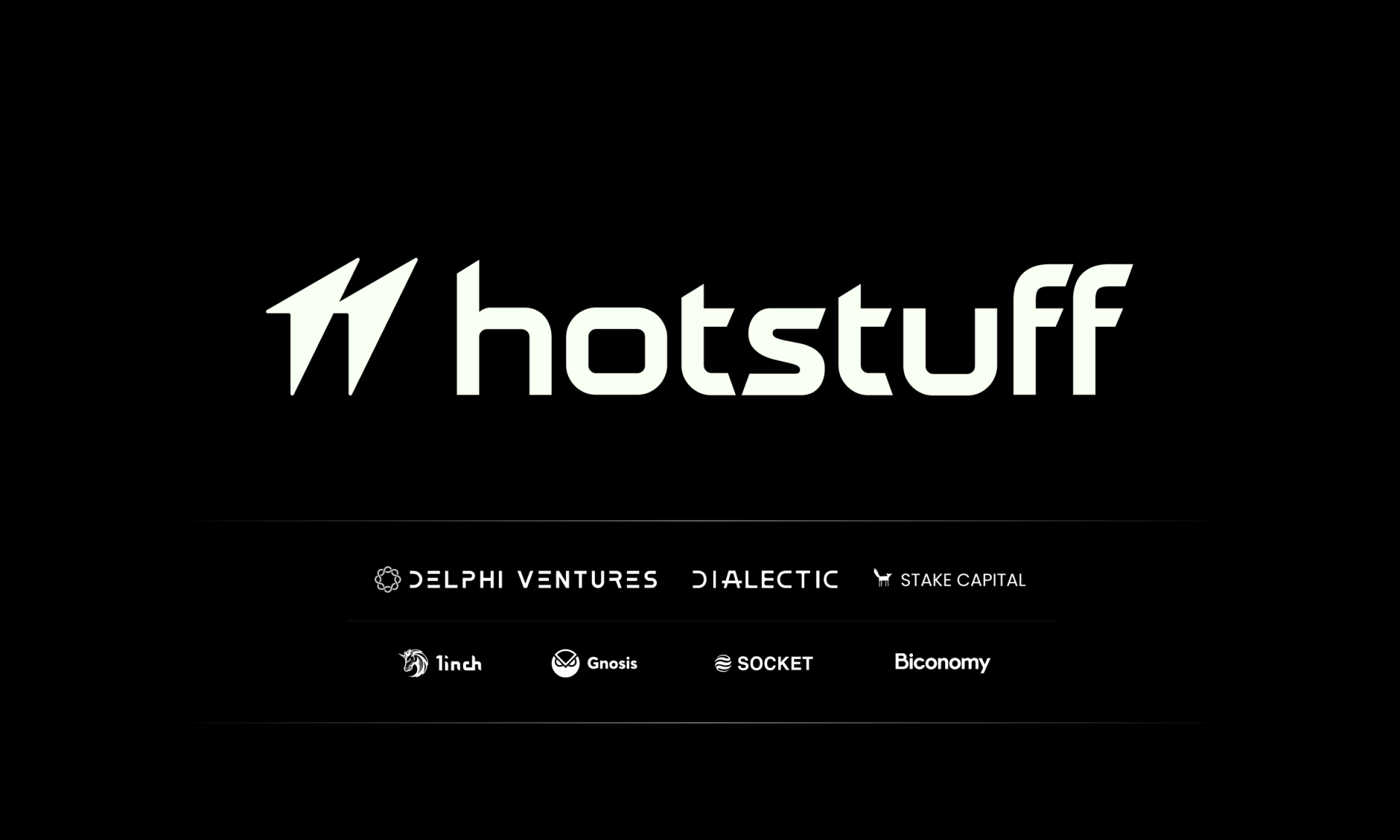Oracle manipulation, also referred to as oracle price manipulation, is the act of exploiting a smart contract oracle in the decentralized finance (DeFi) space. This manipulation is carried out by attackers and can lead to system failure, theft, and other types of damage. According to reports, DeFi networks lost more than $33 million in 2020 due to price oracle manipulation.
In order to understand oracle manipulation, it is important to first understand what oracles are and their role in the blockchain ecosystem. Oracles are external or real-world data providers for blockchains, supplying information such as price feeds, weather data, and statistics. Among these types of data, price feeds are the most commonly exploited. Attackers can utilize price feeds to steal large sums of money from DeFi platforms.
There are two main methods by which an oracle can obtain price information. The first method involves extracting price data from centralized exchanges using APIs (Application Programming Interfaces). APIs allow different software systems to communicate with each other, enabling the exchange of data. By extracting price data from centralized exchanges, oracles can provide up-to-date and accurate information to DeFi platforms. However, this method is also vulnerable to manipulation as attackers can exploit vulnerabilities in the APIs to manipulate prices.
The second method involves oracles performing calculations themselves by consulting decentralized exchanges (DEXs). DEXs are platforms that allow users to trade digital assets directly with each other without the need for intermediaries. By consulting DEXs, oracles can obtain price information directly from the decentralized market, reducing the reliance on centralized exchanges. However, this method also has its own set of vulnerabilities and potential for manipulation.
One example of oracle manipulation in DeFi is the Harvest Finance hack. In this attack, the attacker exploited the pools by utilizing a flash loan and engaging in a form of oracle manipulation. A flash loan is a type of loan that allows borrowers to borrow funds without any collateral, as long as the loan is repaid within the same transaction. The hacker manipulated the value of USDC (USD Coin) within the Curve pool through a trade. Subsequently, the attacker entered the Harvest pool at the manipulated price, restored USDC to its original value by reversing the trade, and then exited the pool at a significantly higher price. This allowed the attacker to profit from the price manipulation.
Oracle manipulation can have severe consequences for DeFi platforms. By manipulating price feeds, attackers can cause the smart contracts to execute unintended actions or provide incorrect information to users. This can result in system failures, loss of user funds, and damage to the reputation of the DeFi platform. To mitigate the risk of oracle manipulation, developers and platform operators need to implement robust security measures and conduct thorough audits of the oracles they rely on.
One solution to reduce the risk of oracle manipulation is the use of multiple oracles and the implementation of consensus mechanisms. Consensus mechanisms involve aggregating data from multiple oracles and calculating a median or average value to ensure accuracy and prevent manipulation. By diversifying the sources of price information and utilizing consensus mechanisms, DeFi platforms can reduce their reliance on a single point of failure and make it more difficult for attackers to manipulate prices.
Additionally, continuous monitoring and analysis of price feeds can help detect anomalies and potential manipulation. By analyzing price movements and comparing them across multiple oracles, abnormal behavior can be identified and flagged for further investigation. This proactive approach can help identify and address potential vulnerabilities before they are exploited by attackers.
It is worth noting that oracle manipulation is not limited to price feeds. Oracles providing other types of data, such as weather data or statistics, can also be targeted by attackers. For example, an attacker could manipulate weather data provided by an oracle to trigger smart contracts that are dependent on certain weather conditions. This could result in insurance claims being paid out erroneously or other unintended consequences.
In conclusion, oracle manipulation in DeFi is a serious concern that can result in financial losses and system failures. Attackers exploit vulnerabilities in smart contract oracles to manipulate prices and carry out attacks. To mitigate this risk, developers and platform operators need to implement robust security measures, utilize multiple oracles with consensus mechanisms, and continuously monitor and analyze price feeds. By doing so, the DeFi ecosystem can become more resilient to oracle manipulation and protect the interests of its users.














